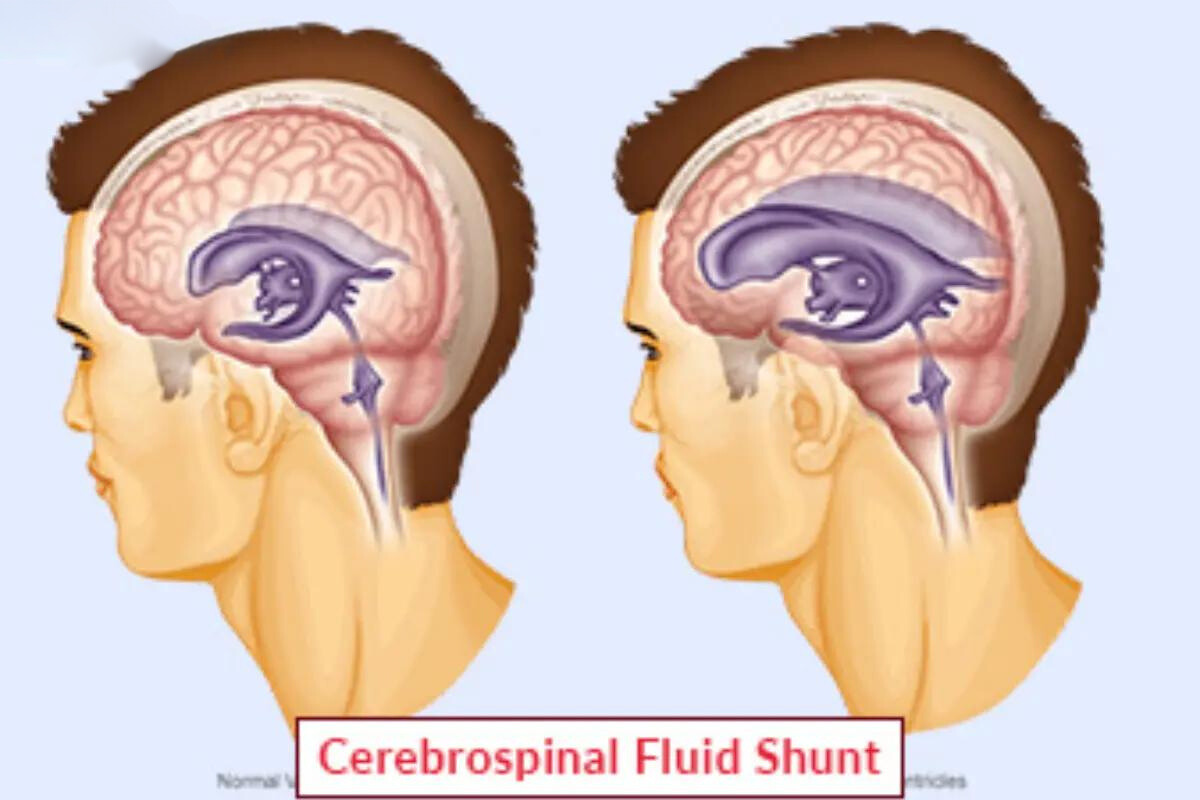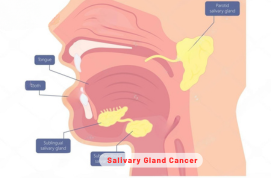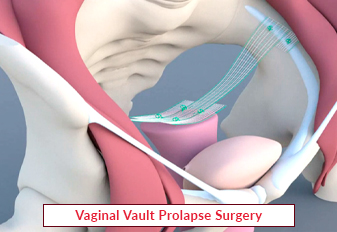A Cerebrospinal Fluid Shunt is a medical device used to treat neurological conditions in which an individual’s brain suffers with accumulation of cerebrospinal fluid. The primary condition treated by the CSF shunt is hydrocephalus. It is a brain related concern that causes swelling and pressure in the brain. Due to this, a person experiences various symptoms, including headache, nausea, vision problem, brain damage, cognitive impairment, etc.
Hence, CSF shunt is purposely designed to drain out excess cerebrospinal fluid from the brain. The CSF shunt gives a proper solution for managing the conditions that cause hydrocephalus, congenital malformation of brain injuries. The shunt consists of a flexible tube and valve system that regulates the flow of CSF. The tube is inserted into the brain, and it runs from the brain’s ventricles to drain out the fluid from the brain to another part.
Shunt Types
There are multiple types of CSF Shunts, however selection of them depends on the patient’s condition and health status. The most commonly used CSF shunts are:
- Ventriculoperitoneal Shunt: This is the most common type of CSF Shunt. It is mostly used in hydrocephalus treatment.
- Ventriculoatrial Shunt: This type of shunt is used when the patient is not able to tolerate VP shunt, such as in cases of abdominal infections and issues with the peritoneal cavity.
- Lumboperitoneal Shunt: This shunt is quite similar to vp shunt and it is used when a vp shunt is not feasible, and it channels excess fluid into the peritoneal cavity.
- Ventriculopleural Shunt: This type of shunt drains the fluid into the pleural cavity when other pathways are unsuitable. It’s a less common type of CSF diversion but may be used for particular medical conditions.
Risks of CSF Shunt
Although CSF is a safe and effective treatment method to treat Cerebrospinal Fluid. However, in rare cases, it can pose some potential risks, which include:
- Infection: Infection may occur in the shunt system and the surrounding tissues. If doctors detect infection then it requires further treatment like antibiotics and surgery to cure the inflammation.
- Shunt Malfunction or Blockage: Over time, the inserted shunt may get blocked or may stop working efficiently. This could lead to reaccumulation of CSF and increase the pressure in the brain.
- Shunt Displacement: In rare cases, the shunt may shift or become displaced, which could lead to complications, like ineffective drainage of CSF.
- Over-Drainage: It is also possible that the shunt may drain too much CSF, which may lead to further complications, including subdural hematomas (blood collection around the brain), which could require further intervention.
Procedure For Insertion of Cerebrospinal Fluid Shunt
The CSF shunt insertion procedure is done through following which are as follows:
- The procedure is performed under general anesthesia after analyzing the overall condition of the patient.
- The procedure is done through a minimally invasive surgical process that involves placing a catheter into the brain’s ventricles.
- The catheter is carefully threaded through the appropriate pathways, depending on the type of the shunt, and the excess CSF is rerouted to a location in the body where it can be absorbed.
- During the procedure, a small incision is made in the scalp, and a small hole is drilled into the skull to insert the catheter.
- The valve, which regulates the flow of CSF, is then placed under the skin, usually behind the ear or in another discreet area.
- Once the shunt is placed, the surgical site is closed with stitches. After that, the patient is monitored in a recovery room for a few hours.
- The duration of the procedure typically ranges from 1.5 to 3 hours. However, it may depend on the complexity of the case.
Aftercare & Monitoring
Following are the after-care procedure steps.
- Once the procedure or operation is done, the patient remains under observation for a few hours.
- The senior doctors check the patient’s condition, including signs of infection, shunt related complications, and other adverse reactions.
- Regular follow-up and appointments are also essential to ensure the shunt is functioning well.
- If a person experiences symptoms like headache, infection, then shunt may require to readjust to improve the patient’s condition.
Our Other Services
Latest Health Tips
Can Immunotherapy Cure Stage 4 Lung Cancer?
Early Signs of Cervical Cancer
Foods that Kill Cancer: Leafy Vegetables, Grains, & More
What Stage of Cancer is Immunotherapy Used For?
Which is Worse for Cancer, Sugar or Alcohol?
Vaccines That Prevent Cancer
What Kills Cancer Cells in the Body Naturally?
5 Early Warning Signs of Bone Cancer
Submit Your Enquiry
Testimonials


























